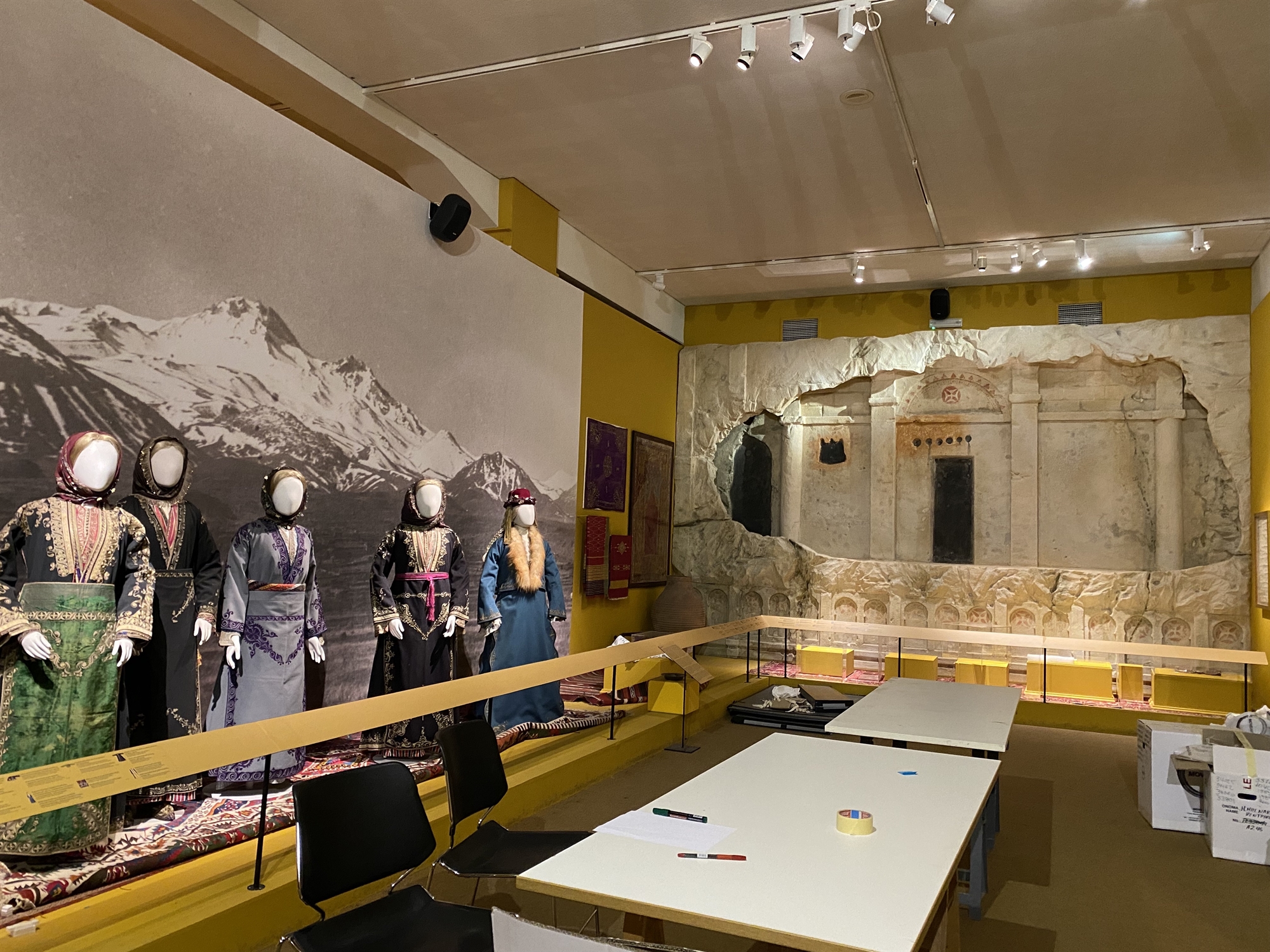
“And now; Who will we become without an exhibition about Asia Minor?”, the descendants of this special generation told the curators of the Benaki Museum, who, although they came torn and naked from their old homeland, “enriched” Greece. Rarely, rarely does it happen that so many visitors were mentally identified with the exhibits, because they were relics of a world that no longer exists, but also of the tenacity with which their great-grandfathers, grandfathers and fathers stood on their feet after the age of 22. The reason for the amazing tribute “Smallness: Radiance – Destruction – Eradication – Creation”, completed its cycle last week with thousands of spectators who all bowed to the perfection of thought, masterful set design, originality, hard work done by the entire museum team led by curator Evita Arapoglu in collaboration with the Asia Minor Research Center so that research and documentation could be done properly.

I thought about all of this as I stepped through the threshold of Benakis in Piraeus last Tuesday afternoon to see this magical exhibition unfold, which has served as the best history lesson in years. Artistic director Giorgis Magginis was waiting for me in the atrium to show me something that journalists don’t usually see. Not that is, in how the tribute is compiled, but in how it is sorted out so that the items can be attributed to the owners, who in this case were literally hundreds and in fact from all over the country: from Thrace to Crete, Macedonia, where refugees were settled, reverently carrying a piece of their past.
“The first thing that changes when creating an exhibition is the lighting. The stage lighting is cut off and spotlights come down from the ceiling because they are often rented for the occasion. Then the video, audio and interactive installations stop immediately. However, the largest amount of work concerns the exhibits,” G. Magginis tells me as we move through the hundreds of boxes that are getting ready to receive the objects. A photograph with the numbers of each exhibit from a special catalog is pinned at all exhibition sites: “In cases where a loan concerns a museum or other institution, they themselves send transport companies to pack them. Their employees control the installation as well as the removal. One must see how quickly and deftly the porters take off something and wrap it securely. For the rest, we and our own carriers take on this task, always in cooperation with our escorts, who have provisions for some more sensitive ones, such as for example. fabrics,” adds the artistic director.

Going deeper, next to paintings, costumes, guns, swords, boots, goblets, religious icons, even pewter goblets that literally contained earth from Smyrna and pebbles from Cappadocia, we heard speeches. Three girls took on the burden of work. The ubiquitous Joanna Moraiti, Susanna Zeghini and Olympia Exarchu are working day and night to clear the space for the next exhibition. They have seven days left. There is tension in their eyes, but also a little sadness. Has the meaning. The tribute is like a play. When it ends, it remains only in the memory of the audience.
“Wrong!” Maginis answers me. “We made sure that there was a kind of 360-degree visual documentation that someone could see from our site. At the same time, a smaller version of the exhibition will soon be transferred to Cyprus.” The art director takes me to the basements of the museum, to special elevators hidden behind drywall to transport heavy objects. I was tempted to ask what it was like to say goodbye to such a wonderful exhibition that the whole world loved: “If it is popular and recognized – as in this case – then we all experience the emotional satisfaction that we did our job right and put aside grief to the side”. For my part, I am sure that some exhibitions go to heaven when they leave.
Source: Kathimerini
Ashley Bailey is a talented author and journalist known for her writing on trending topics. Currently working at 247 news reel, she brings readers fresh perspectives on current issues. With her well-researched and thought-provoking articles, she captures the zeitgeist and stays ahead of the latest trends. Ashley’s writing is a must-read for anyone interested in staying up-to-date with the latest developments.